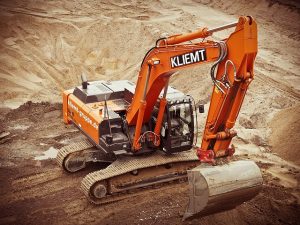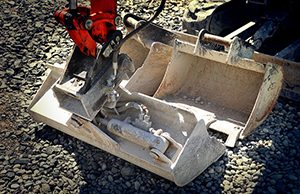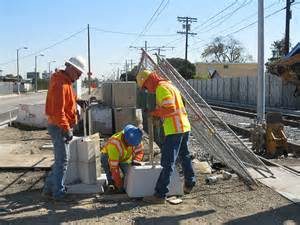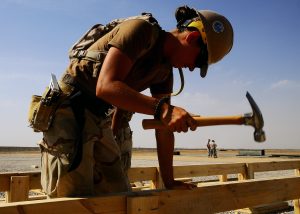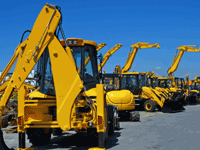 If you’re planning to buy new construction equipment, do you feel the need to “kick the tires” before you make a decision? Let the Internet help save you time and money. Go to Construction Equipment Guide website to take a virtual equipment tour that includes illustrations, pricing, and a text description of each item that you can print or download.
If you’re planning to buy new construction equipment, do you feel the need to “kick the tires” before you make a decision? Let the Internet help save you time and money. Go to Construction Equipment Guide website to take a virtual equipment tour that includes illustrations, pricing, and a text description of each item that you can print or download.
However, this site won’t provide informed guidance on buying the insurance you’ll need for your new equipment. Here’s where our agency comes in. Before you make a final decision, we can offer our professional opinion on how the purchase will affect your coverage and pricing options.
For example, if you’re choosing between two pieces of equipment, we can estimate the cost for insuring each (a factor you might consider in making your choice). We can also let you know in advance that it might be hard — or even impossible — to provide the right coverage on a piece of equipment at a cost you can afford.
The higher the value of your planned purchase, the more we can help by getting involved in the decision-making process in advance. Feel free to get in touch with us.
As online and other methods make your business purchasing increasingly easy, don’t let the simplicity of the process lead you to skip the steps needed to make a wise decision.



